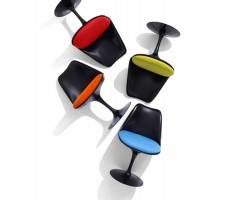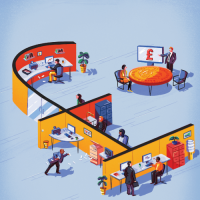March 30, 2015
Driverless cars will transform the UK economy by 2030, claims report
 A new study from the Society of Motor Manufacturers and Traders (SMMT) and KPMG claims that the development of connected and autonomous vehicles will help generate 320,000 jobs in the UK and deliver huge benefits to society and the economy. The first ever comprehensive analysis of the opportunities provided by the new technology claims that by 2030 driverless cars will deliver a £51 billion boost to the UK economy, reduce congestion and carbon emissions and cut serious road traffic accidents by more than 25,000. By that time all new cars will incorporate some form of connectivity, according to the report’s authors. It also predicts that the UK will be a global leader in the production of this next generation of vehicles, with the support of Government including financial backing. The study was presented at last week’s SMMT conference in London.
A new study from the Society of Motor Manufacturers and Traders (SMMT) and KPMG claims that the development of connected and autonomous vehicles will help generate 320,000 jobs in the UK and deliver huge benefits to society and the economy. The first ever comprehensive analysis of the opportunities provided by the new technology claims that by 2030 driverless cars will deliver a £51 billion boost to the UK economy, reduce congestion and carbon emissions and cut serious road traffic accidents by more than 25,000. By that time all new cars will incorporate some form of connectivity, according to the report’s authors. It also predicts that the UK will be a global leader in the production of this next generation of vehicles, with the support of Government including financial backing. The study was presented at last week’s SMMT conference in London.






















March 27, 2015
MIPIM demonstrated how property industry is moving with the times
by Anna King • Comment, Property, Workplace design
(more…)